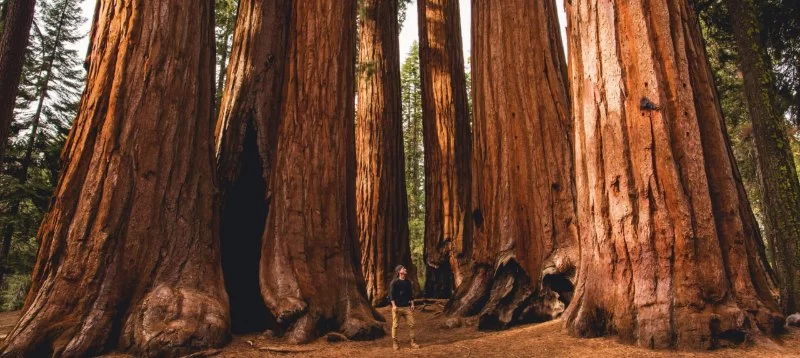
- Understanding-the-Parks
- Best-Time-to-Visit
- Iconic-Sights-and-Trails
- Wildlife-and-Natural-Wonders
- Real-Travel-Experiences
- Travel-Tips-from-Refined-Travel
- Planning-Your-Journey
1. Understanding the Redwood and Sequoia National Parks
When travelers search for a guide to visiting the Redwood and Sequoia National Parks, they’re often amazed to learn that these two destinations—though both home to giant trees—offer vastly different worlds. Redwood National and State Parks, near California’s northern coast, cradle the planet’s tallest trees, while Sequoia National Park, tucked in the southern Sierra Nevada, shelters the largest living things by volume. Visiting both is like time traveling through nature’s cathedral.
Redwoods thrive in misty coastal air, surrounded by ferns, elk, and the scent of the Pacific. Sequoias tower over sunlit granite landscapes, where mountain peaks and marble caves wait nearby. Together, they capture California’s extremes—ancient quiet and rugged elevation.
2. The Best Time to Visit
2.1 For Redwood tranquility
The best time to explore Redwood National Park is late spring through early fall, when trails are dry and fog adds cinematic mood to the forest canopy. June’s “fog drip” nourishes the moss and mushrooms that make the forest look alive. For fewer crowds, aim for May or late September. Coastal weather stays mild—temperatures often in the 50s and 60s °F.
2.2 For Sequoia grandeur
Sequoia National Park shines from June through October. Snow can linger into early summer at higher elevations, but that only adds to the beauty. Fall offers crisp air and golden meadows. Winter travel brings solitude and snowshoe adventures among red giants, though road access is limited. Whenever you go, altitude means chill evenings—pack layers.
2.3 Travel rhythm for both
If you plan to visit both parks, begin in the Redwoods for cooler, misty hikes before heading south to the Sequoias for sunshine and elevation. This north-to-south route mirrors nature’s gradient—coastal forest to mountain sky—and feels like an unfolding story.
3. Iconic Sights and Trails
3.1 Redwood highlights
Among the must-see places in Redwood National Park are the Lady Bird Johnson Grove, Fern Canyon, and Tall Trees Grove. Fern Canyon, with its moss-lined walls and trickling streams, gained fame in “Jurassic Park II.” Hike early morning to hear nothing but water and birdsong echoing through green light. Drive the Newton B. Drury Scenic Parkway for endless cathedral forests that seem to whisper with age.
3.2 Sequoia icons
At Sequoia National Park, the General Sherman Tree dominates with unmatched scale—over 275 feet tall and 36 feet in diameter. Nearby, the Congress Trail leads past other titans, each uniquely shaped by centuries of lightning and resilience. Moro Rock rewards a stair climb with sweeping views of the Sierra. For quiet, Crescent Meadow and Tokopah Falls Trail are favorites among locals.
3.3 Linking experiences
Both parks are designed for wonder at walking speed. Whether tracing redwood roots or touching sequoia bark that feels like ancient velvet, visitors often describe the same feeling: humility. Each step reminds you of nature’s patience—thousands of years tall and still growing.
4. Wildlife and Natural Wonders
4.1 The ecosystems that shape giants
Redwoods depend on coastal fog and fire cycles that regenerate forest floors. Sequoias rely on snowmelt and periodic fires to open cones and seed new life. Rangers in both parks work with controlled burns to mimic those natural rhythms, helping these ancient forests endure.
4.2 Creatures of the forest
In Redwood National Park, Roosevelt elk roam in Prairie Creek, and black bears sometimes appear near streams. Banana slugs—bright yellow and oddly charming—are local mascots. In Sequoia, mule deer, marmots, and black bears share the meadows. Spotting a Steller’s jay or hearing an owl’s echo adds another layer of magic to the journey.
5. Real Travel Experiences
In every guide to visiting the Redwood and Sequoia National Parks, traveler stories reveal what facts can’t: the emotion. A traveler from Oregon recalled sitting under a redwood as dawn broke, the fog drifting like slow smoke. “It felt like the forest was breathing with me,” she said. Another visitor described a stormy night in Sequoia’s Lodgepole Campground when thunder rolled through the trees like ancient drums—terrifying and unforgettable.
For families, kids often love the Junior Ranger programs and discovery trails that make massive trees feel personal. Hikers cherish the solitude between groves where only footsteps and wind exist. Photographers chase light filtering through trunks hundreds of feet tall—a shot that humbles every lens.
6. Travel Tips from Refined Travel
6.1 Getting there and around
Redwood National and State Parks span a coastal strip along Highway 101 in Northern California—best accessed from Eureka or Crescent City. Sequoia lies far south, near Visalia, reached by winding mountain roads like Highway 198. Both parks benefit from slow travel: allow extra time for scenic stops, winding roads, and trailhead detours.
6.2 Where to stay
In the Redwoods, rustic lodges and cabins like Elk Meadow Cabins or Requa Inn immerse you in the forest. Near Sequoia, Wuksachi Lodge offers comfort among the trees. Campers find well-kept sites, though reservations are essential during peak months. Booking through Refined Travel ensures curated stays and expert local recommendations.
6.3 What to pack
Even in summer, coastal mornings and mountain nights get cool. Bring waterproof layers, good hiking boots, and a camera with spare batteries—temperatures and humidity can drain them faster than you expect. Always carry snacks, water, and a sense of awe.
7. Planning Your Journey
7.1 Combining both parks
Though separated by nearly 500 miles, visiting both Redwood and Sequoia National Parks in one trip reveals California’s full spectrum of natural majesty. Fly into San Francisco or Sacramento, rent a car, and trace the scenic route south through wine country, Mendocino, and the Sierra foothills. It’s a road trip for the soul.
7.2 When to book
Spring and fall bring fewer crowds and great light for photography. Summer is busier but worth it for clear skies. Winter offers peace and dramatic contrasts—mist in the Redwoods, snow in the Sequoias.
7.3 Why it’s worth it
Standing beneath a living being older than Rome is transformative. These parks aren’t just places to visit—they’re reminders of endurance, silence, and growth. If you’re ready to plan your own redwood-to-sequoia adventure, reach out to Refined Travel for route designs, lodging ideas, and insider experiences that make every mile memorable. 想了解更多?点击此处预定您的理想之旅!

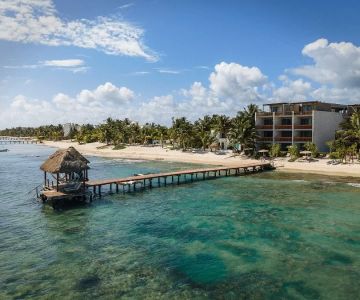



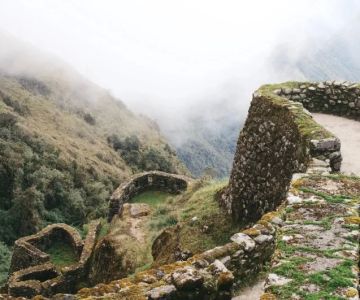

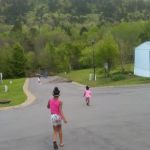 Golden Acre Mobile Home Park4.0 (29 reviews)
Golden Acre Mobile Home Park4.0 (29 reviews)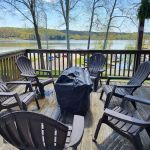 Pleasant Hill Lake Park4.0 (201 reviews)
Pleasant Hill Lake Park4.0 (201 reviews)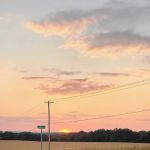 Canandaigua3.0 (3 reviews)
Canandaigua3.0 (3 reviews)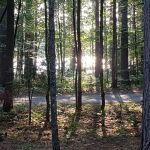 Camp Seven Lake Campground4.0 (63 reviews)
Camp Seven Lake Campground4.0 (63 reviews)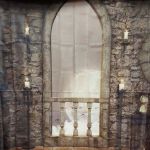 Tomoko Trailer Court l3.0 (16 reviews)
Tomoko Trailer Court l3.0 (16 reviews) Buck's Crossing RV Sales & Resort4.0 (37 reviews)
Buck's Crossing RV Sales & Resort4.0 (37 reviews)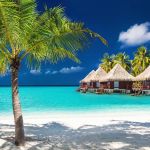 Exclusive Travel Packages for First-Class Travelers: A Guide to Luxury Vacations
Exclusive Travel Packages for First-Class Travelers: A Guide to Luxury Vacations Refined Travel Experiences in Southeast Asia: Explore Luxury & Unique Destinations
Refined Travel Experiences in Southeast Asia: Explore Luxury & Unique Destinations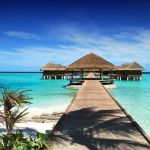 How to Make the Most of Luxury Vacation Deals: Expert Tips for Savvy Travelers
How to Make the Most of Luxury Vacation Deals: Expert Tips for Savvy Travelers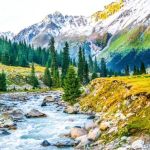 How to Enjoy a Refined Travel Experience in the Mountains
How to Enjoy a Refined Travel Experience in the Mountains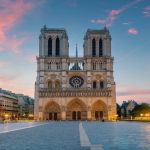 Refined Travel Itineraries for Art and Culture Lovers: Explore the World of Art and History
Refined Travel Itineraries for Art and Culture Lovers: Explore the World of Art and History Most Luxurious Destinations for Honeymooners: Top Spots for Romance and Luxury
Most Luxurious Destinations for Honeymooners: Top Spots for Romance and Luxury